Art for All
What South Carolina Taught Me About Radical Theatermaking
Eight months ago, as I frantically tossed the last of my boxes at a UPS guy and almost missed my plane to Charlotte, North Carolina, I didn’t give a thought to what would happen when my six-month residency with HUB-BUB and the Spartanburg Little Theatre ended. As far as I was concerned, I would be hotfooting it straight from Spartanburg, South Carolina back to Brooklyn, ready to resume my seven-year career as an admittedly, even proudly, struggling indie theater artist.
Like many theater artists, I cut my teeth on the idea that New York is the place for theater—first as a drama undergraduate at New York University, then as an artistic director of a Brooklyn-based site-specific company, and then in my third life, as an actor/playwright privileged to do the work I wanted with the people I wanted, as long as we could scrape together the resources and space to make it happen. Sometimes it was cheap, sometimes it was dirty, but there was a pride in making it happen against all the odds in New York, the great cultural mecca.
I never imagined spending a second more than I had to in a oppressive climate like South Carolina. As far as I could tell, it was politically on par with my home state of Texas for its boundless conservatism and religious righteousness (albeit with fewer machine guns being toted around in public places). I had zero interest in a place where the work I wanted to do might be seriously challenged.
Over my time in Spartanburg, I learned firsthand that South Carolina is not a homogenous place. There are all kinds of people in South Carolina, people with voices and powerful stories. A lot of those stories are invisible because of the cultural and political climate that surrounds them. That doesn’t mean they aren’t there—but it means that to those living outside of the state, they mostly don’t exist.
That’s the case in Texas too, where I ended up spending most of July, and in other states where fellow artists relayed stories of visiting and making work, states like Kansas and Arkansas and South Dakota, where, suffice it to say, theaters are thin on the ground.
Throughout my time in New York, I talked the talk of wanting everyone to have a voice—as long as I didn’t personally have to step outside of my geographical comfort zone and listen, or present my work to a community that might not agree with everything I had to say.
In South Carolina, I realized I’ve spent the better part of my twenties buying into a collectively created mighty fiction that all the theater that matters happens in New York. That’s not true, as this terrific piece points out.
There are local theaters making incredible work outside of New York and Chicago and DC, and there are also communities with no theater that need theater. I never spent much time examining that truth when I was living in New York; I was too busy and too focused on life in the city.
I bought into the fiction of New York. I bought into it hardcore. Even though I knew that because of the abundance of young theater artists in New York, there were other communities out there with few to no theater artists, I didn’t think about it. I had a career to make. I would leave the rest of the world to others.
When I was in South Carolina, I curated an eight-day festival of new works, a youth playwriting festival, and put up a production of one of my own plays. In those six months, I discovered that living in New York, the place to do theater, I had actually lost touch with what theater that matters means to people—specifically theater that matters to anyone at who wants to watch a story happening onstage.
Theater mattered to our first-time youth playwrights who put up ten-minute works of their own devising. In school, many of them had only been exposed to Shakespeare. Imagine them when a twenty-eight-year-old woman with multicolored hair showed up to teach a playwriting workshop. Imagine when they realized that playwrights looked more similar to them than they thought. Now fast-forward eight months—I just received a full-length play written by one of these kids, who was inspired by his experiences making and watching theater in the spring.
We laughed at the end of the new works festival because our two “perfect attendees,” who came to every night of our eight-night reading series, were fifty years apart in age. This was typical of each event—a diverse audience sharing the experience together. Part of that was showing the high school students and college kids that theater can look like them. Theater cares about what they experience.
Spartanburg has a wealth of space—empty buildings, open parking lots, a whole slew of unused amphitheaters. And it has other space too—space for new ideas, new art, a thirst for more stories. It is growing an art scene, where organizations like Front Porch Arts Collective are beginning to emerge, joining pioneering Greenville arts institutions like the Warehouse Theatre. There is so much space to work, and so many stories waiting to be told. There is more than one Spartanburg in the U.S. right now, hungry for art; we just don’t always see it.
Here’s the question I’ve been pondering over the last few months: at what point am I responsible as an artist for the spaces of untold stories? At what point am I actually an active contributor to silencing discourse by ignoring the communities that are vastly underserved by the arts? Isn’t theater about speaking the unspeakable, the unvoiced, and the unheard?

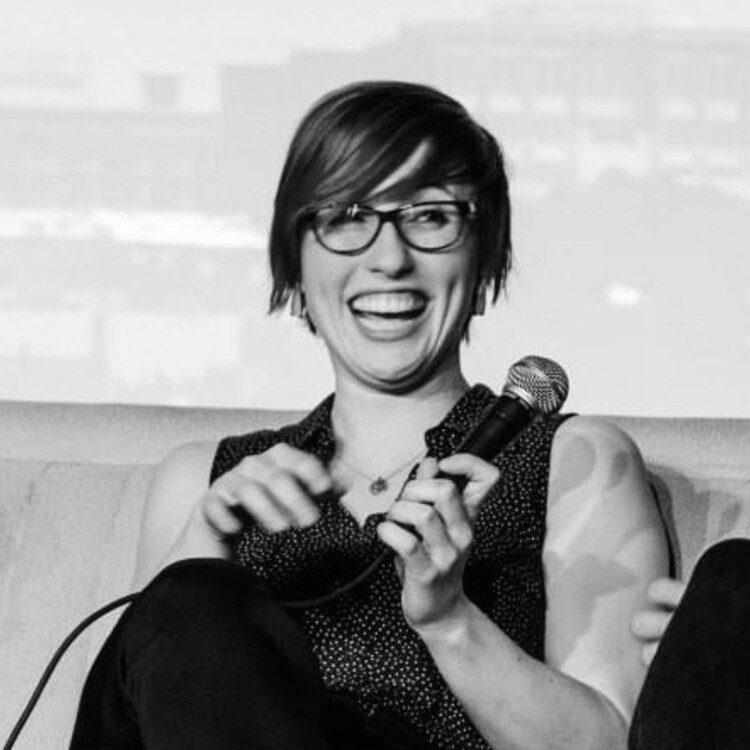
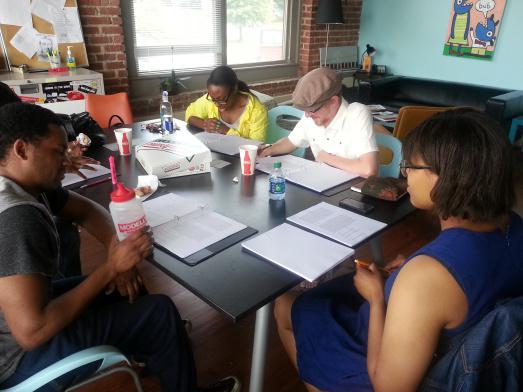
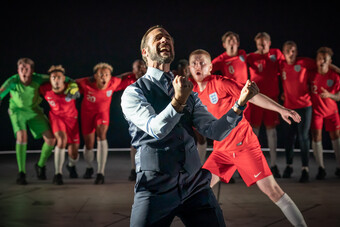

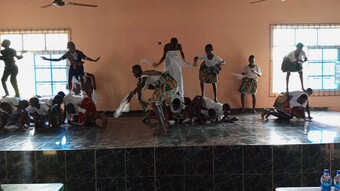


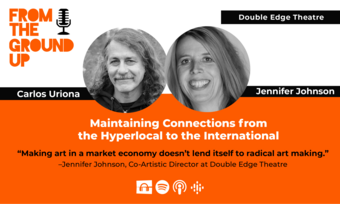



Comments
The article is just the start of the conversation—we want to know what you think about this subject, too! HowlRound is a space for knowledge-sharing, and we welcome spirited, thoughtful, and on-topic dialogue. Find our full comments policy here
Lauren, you so clearly articulate so many of my feelings about theater in this country. In December of last year I moved away from New York to pursue a new stage of my career in Pittsburgh, a place that certainly doesn't "need" New theater, but where I feel I can be infinitely more useful as a playwright and theater creator, and where there is less of that cultural bigotry that I found so difficult to metabolize in New York City. I'm from Texas too, and I always knew there was amazing theater in other places, but in New York I felt like I was surrounded by folks that were not as interested in other places. I started doing work in other communities and found that, although I have a huge amount of respect for so many artists and organizations I have learned from that are doing amazing work in New York City, I really missed that sense of community and diversity of audience that you talk about.
The New York theater community sometimes falls into the trap of viewing New York theater as the most important American theater. New York theater does not encapsulate or represent American theater. I view New York theater as regional theater, just as what goes on in Lubbock or Pittsburgh or Peoria is. It's got its own stylistic tendencies, its own interests, its own types of content it tends to focus upon, its own culture role and its own audience demographic. It's regional. And as someone who grew up in a very different environment with culturally different people and who's done work in other environments, I found that somewhat stifling in the long run– – not just the specificity of New York regional theater aesthetics, but more importantly, the bigotry against other places. Especially places where opposing political and religious views are the norm.
I'm a playwright. My job is to be interested in everything – – in difference, in strangers' stories, in the world beyond my experience. So last December I left, and felt a huge weight of expectation lifted, regarding what my work was supposed to look like in order to thrive.
So much of this sense of freedom simply has to do with money as well – – with being able to produce one's own work, and/or being able to have one's work compete in a market that's not oversaturated. I am so excited to be in a better position to continue to self produce the work I want to do, to see if it will stand or fall on its own merit instead of waiting in line for a chance to be read or produced!
I have a coproduction with Pittsburgh's Bricolage Production Company coming up in May that's a play built from within the beknighted community of Braddock PA, using talents and art from Braddock itself. Building the play is slightly terrifying, as I came in knowing nothing of the residents of Braddock – – who they are, what they've been through (a lot), what right I have to be working among them. But this is the work I believe in, showcasing the talent that already exists in unsung places, and I'm grateful to have left New York to find it.
Lauren, thanks for this post. I had a similar eye-opening experience working in South Carolina. You mentioned the Warehouse Theater in Greenville. As you know, the other "established" theater there is Centre Stage. I've been fortunate enough to win their new play contest twice, the second time with "Identity Crisis", a satire about race and racism in which white people turn black. Not a "safe" play by any stretch of the imagination, and yet the audience -- racially diverse but predominantly white -- embraced it, both at a staged reading and a subsequent workshop production. Certainly, Centre Stage produces a lot of traditional fare, but it also takes risks. And, as you note, there are folks out there ready and eager to be challenged. (Shameless promo: "Identity Crisis" will premiere at Hibernian Hall in Roxbury, MA November 21-December 7).
Centre Stage is a great institution as well! Thanks for commenting and furthering the discussion, and best of luck with the play!
While I understand and agree with you to an extent, I think as a really young career artist (I'm a year out of undergrad), the possibilities you are describing in smaller cities are hard to reach. These are ideal for mid-career artists, which is why I still think the "Walmart-ing" of American theatre is still a problem (http://m.huffpost.com/us/en....
I tried staying in the town where I was trained after college. It's a semi-rural, Southern town with tons of possibilities - just like the ones you were describing. Like many midsized towns, we have a big arts center, civic center, etc. However, I have no chance of working there. This is also true of most regional theatre in America. The acts that are brought to our arts center are 95% non-local. I would wager that a decent percentage of them came from New York. I have been told multiple times that I need to get some cred elsewhere before I could come back.
So I just moved to New York, despite having the same beliefs you do. I thought I would never do it, but I feel like the only way for me to gain respect from other artists is to get my feet wet here.
Hey Julia,
Thanks for your comment. I think you are hitting on another important aspect of the discussion of New York and beyond, which is how to institutionally support young local artists if they do choose to stay in their hometowns. I loved much of my time in New York, it was a great place for me when I was starting out. In our careers, we all have room to move and change and live/work in different places. I'm excited to see where your journey will take you and I wish you the best of luck! Thank you for your thoughtful response.
You make a great point. I think there's a time for New York, and a time for bringing what you learn there to other places.